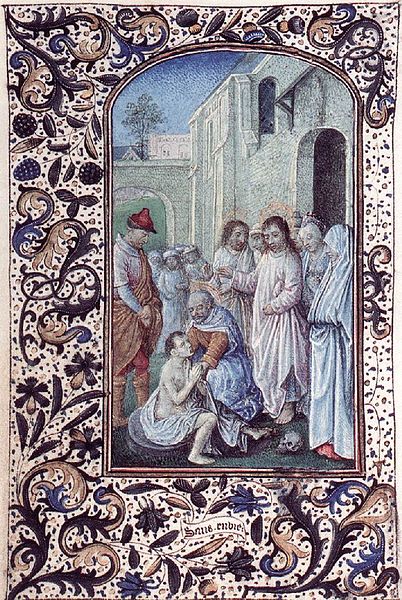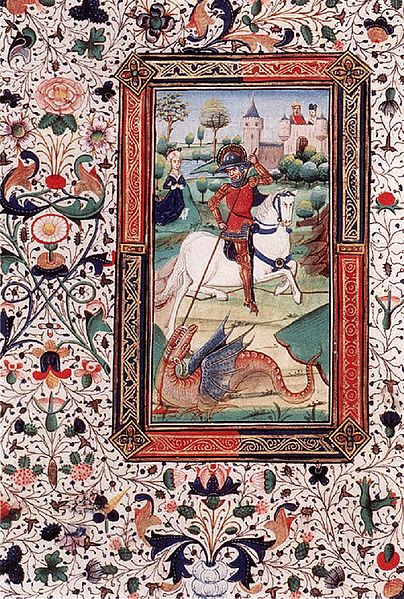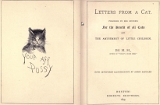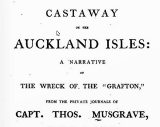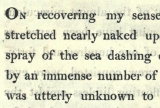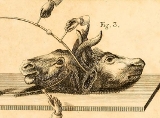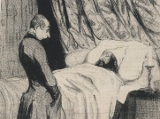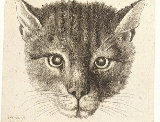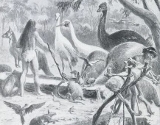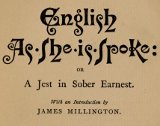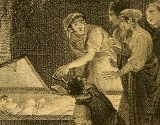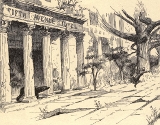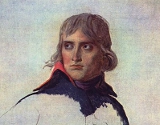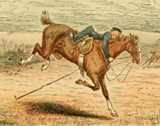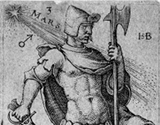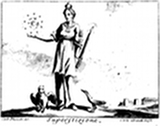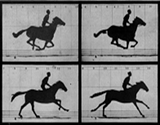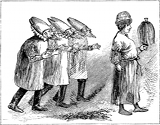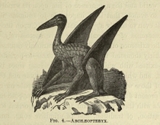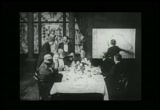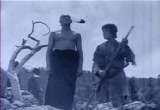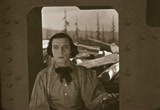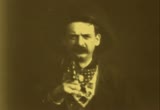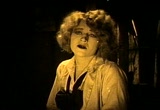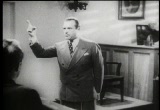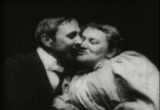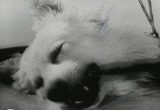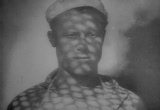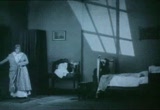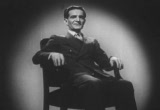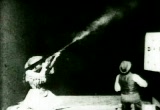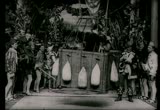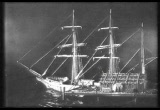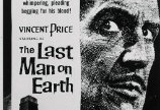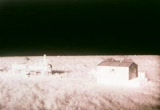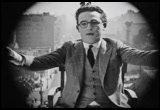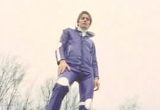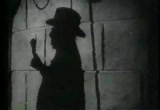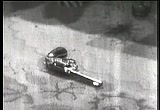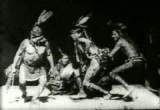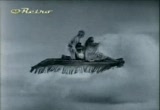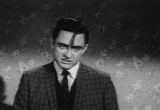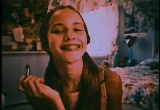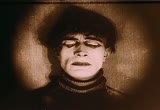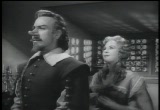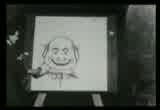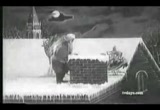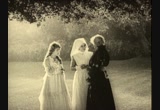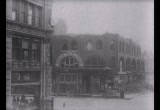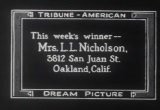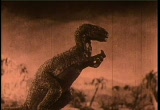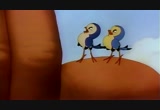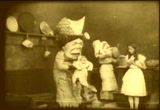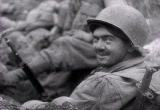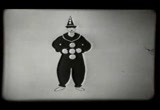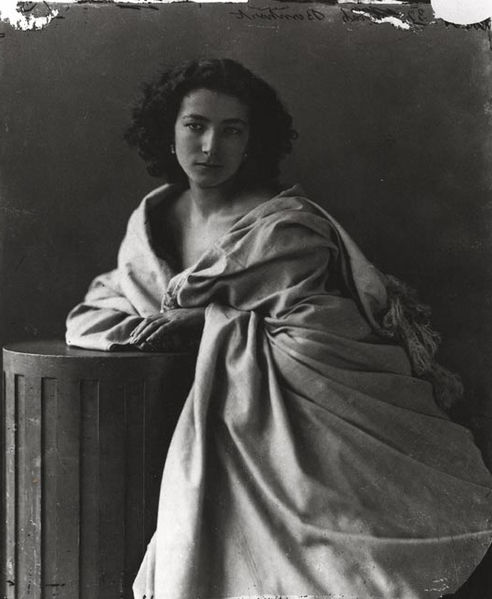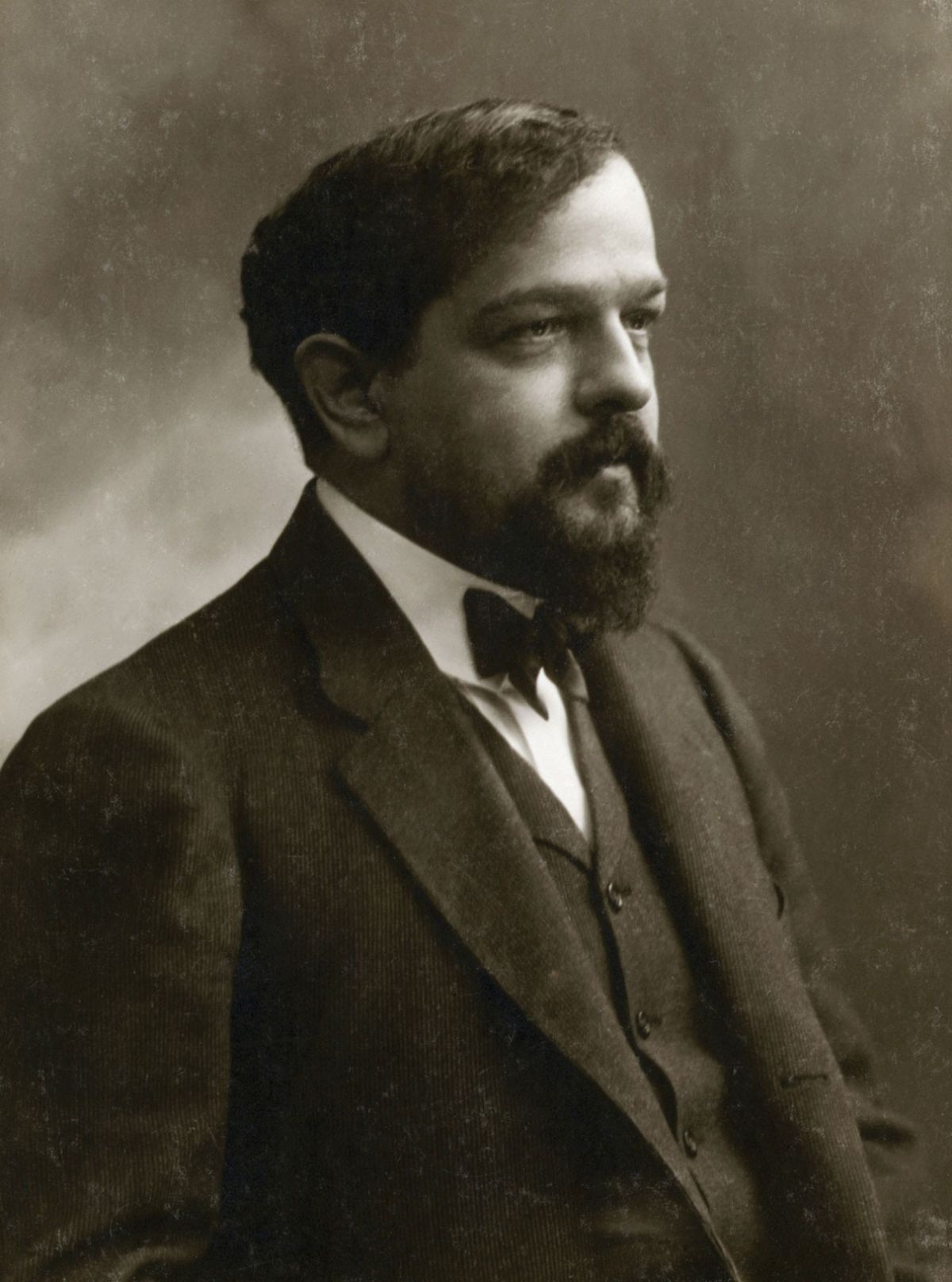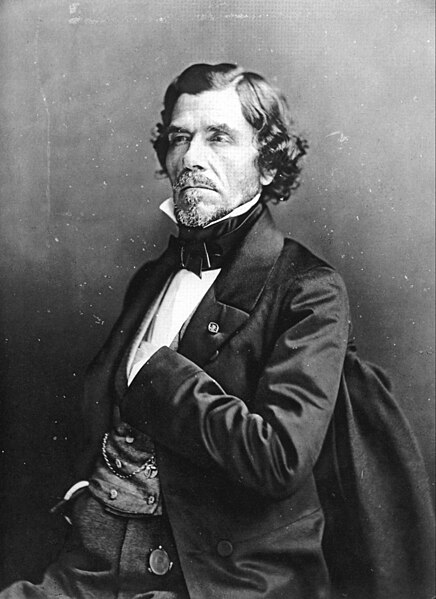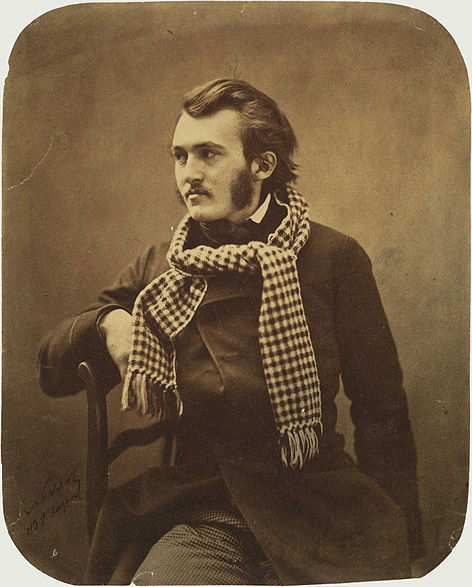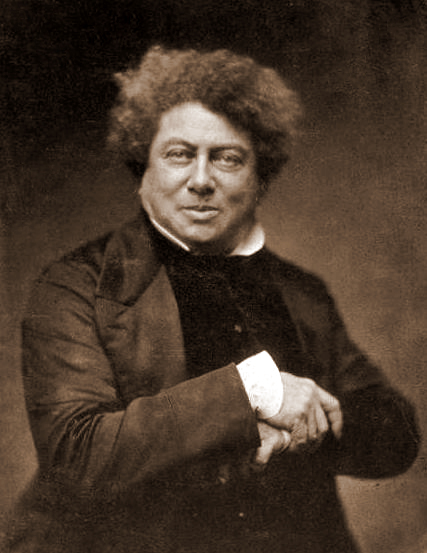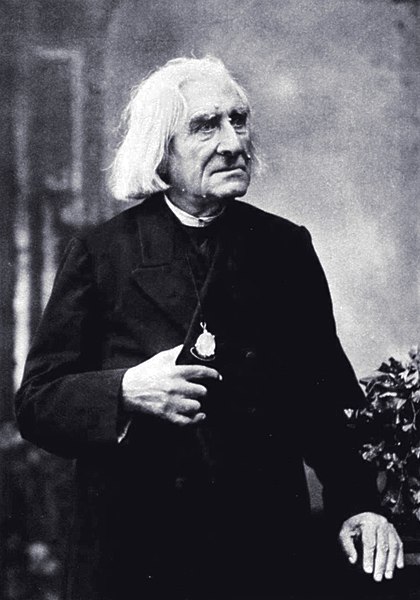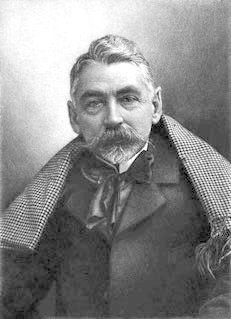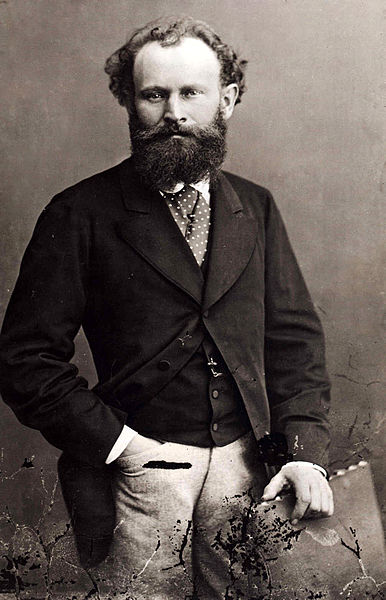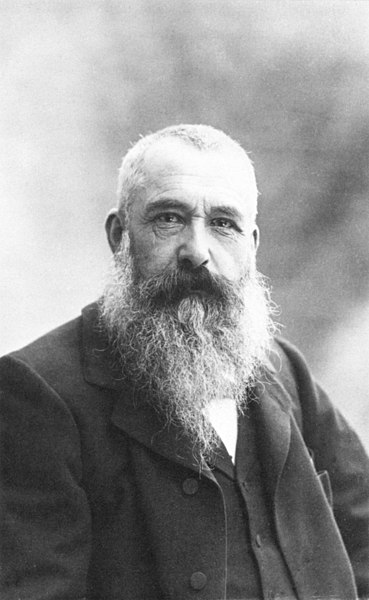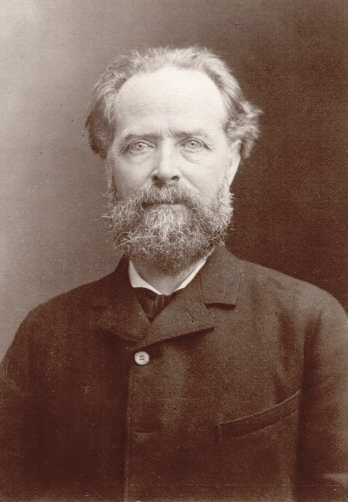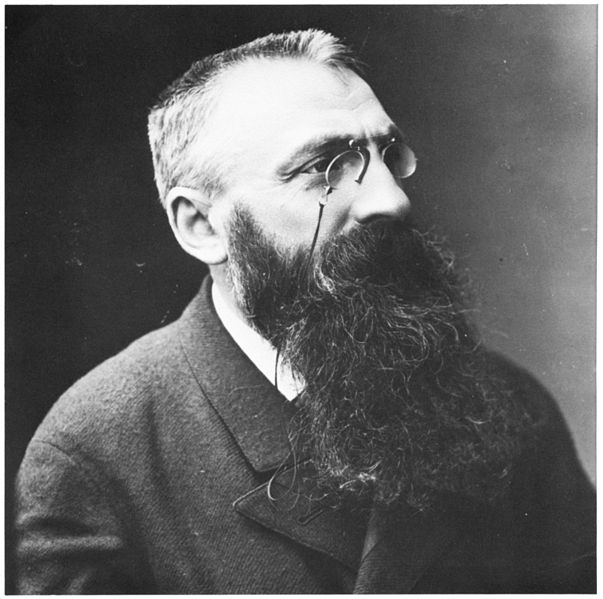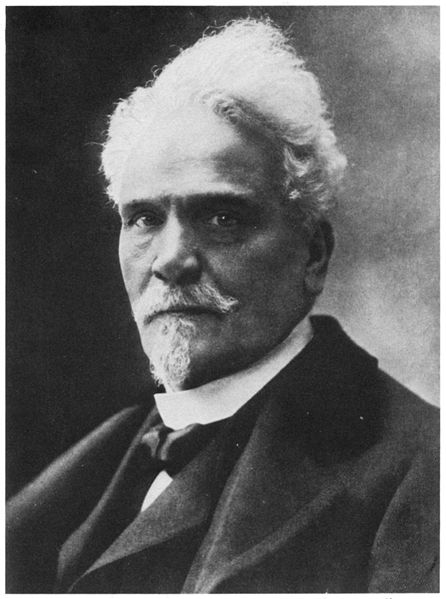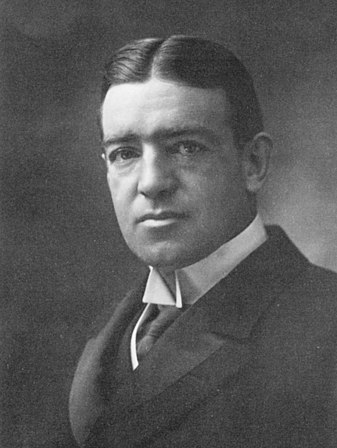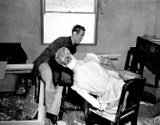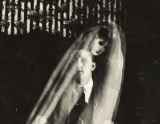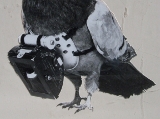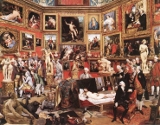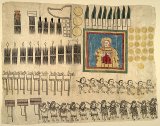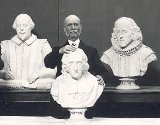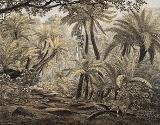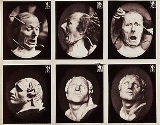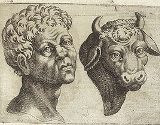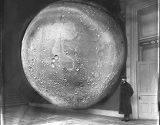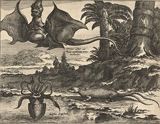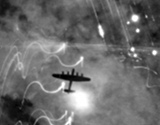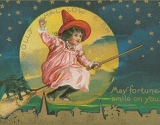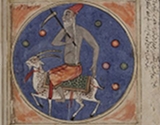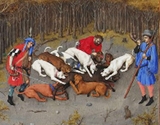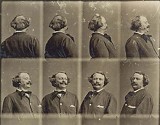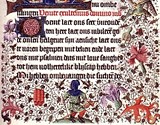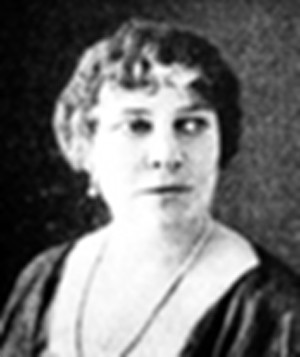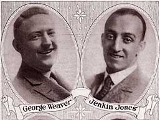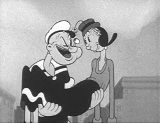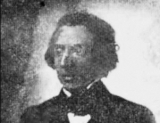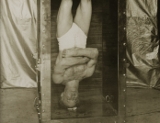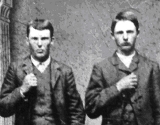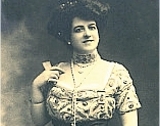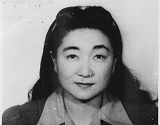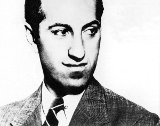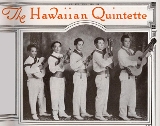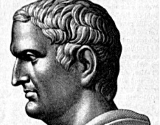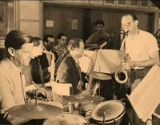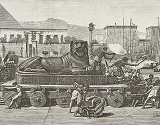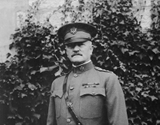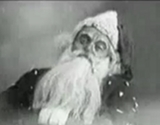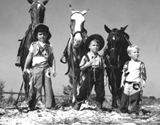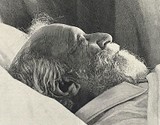Nicholas Tromans, author of Richard Dadd: The Artist and the Asylum, takes a look at Dadd’s most famous painting The Fairy Feller’s Master-Stroke.

Detail of the main section showing the Fairy-Feller about to hew the nut - Source: Tate (Richard Dadd, The Fairy Feller's Master-Stroke c.1855-64, Tate)
Richard Dadd was a young British painter of huge promise who fell into mental illness while touring the Mediterranean in the early 1840s. He spent over forty years in lunatic asylums, dying at Broadmoor in 1886, but never gave up his calling, producing mesmerisingly detailed watercolours and oil paintings of which The Fairy Feller’s Master-Stroke is now the most well known. The picture’s history encapsulates the peculiar rise and, if not fall then the suspension, of its maker’s reputation, and indeed begs the question of what happens to any long-dead forgotten genius after they’ve been rediscovered.
Among the symptoms of Dadd’s illness – which sounds today like a form of schizophrenia – were delusions of persecution and the receipt of messages from the Ancient Egyptian deity Osiris. Dadd was commanded to kill his father (or the demon who it appeared to him had taken his place) and did so with efficiency in the summer of 1843, not long after returning from his tour. After an equally well planned escape to France, the artist was eventually admitted to the Criminal Lunatic department of Bethlem Hospital in Lambeth (now the Imperial War Museum) and it was here that he painted the Fairy Feller. According to the inscription on the back of the canvas it took him nine years to complete, although Dadd qualifies this claim with “quasi” (“sort of”) which may mean he only worked at it on and off between 1855 and 1864.
It is an exhaustingly complex image, with a substantial cast of characters, none of whom are doing much with the exception of the “feller” himself who is about to hew a hazelnut in half in order to provide the diminutive queen of the fairies, Mab, with a new chariot. Dadd’s starting point was evidently Mercutio’s teasing speech in Romeo and Juliet in which he imagines in excruciating detail the nightly wanderings of Mab as she seeds dreams in sleepers’ heads, nocturnal visions in which suppressed ambitions and desires reveal themselves. Dadd’s inscription further informs us that the picture was painted for the Steward of Bethlem, George Henry Haydon, and in a long poem (or at least rhymed catalogue) which the artist wrote in 1865, he gives a kind of cast-list as well as offering an account of how the picture came to be painted. It was apparently Haydon who suggested some “verse about the fairies” as a “point from which to throw” – presumably the Mercutio speech which may have been intended by the Bethlem official as a means of encouraging Dadd to revisit his early life before illness had struck, when he had made his reputation as a painter of Shakespearean fairy subjects. Victorian psychiatrists were in any case fond of writing on the “cases” described by the Bard, and Charles Lamb observed how, despite the extravagant imaginative leaps of his fairy scenes, Shakespeare himself presented a kind of inverse monomania, maintaining the thread of sanity even through the most outlandish journeys of the mind.
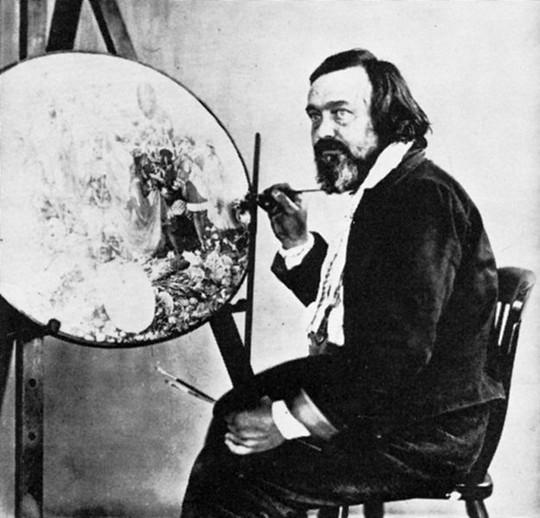
Photograph by Henry Hering (ca. 1856) of Dadd painting Contradiction: Oberon and Titania.
Having received the commission for a new fairy painting from Haydon, however, Dadd says inspiration failed to materialise. He took the idea of spiritual inspiration very literally, seeing indeed the work of spirits in all human endeavour. Individuals and entire cultures may aspire to noble achievements, but the help or hindrance of the spirit world was what counted and its genii were not inclined to submit themselves to human service for long. “What’s the use of attempting the enlightenment?” asked Dadd in some notes written in the 1850s. “What a number of times the destroying angel has triumphed over the different nations of the earth – sucking them up & knocking them down”. And equally for an artist seeking to pin down their genius and compel it to answer: “What a clever angel the genius of painting must be to escape from all these hot pursuits … but once free, not all the arts of any old fellow I suppose can lure back the pretty bird to its own disgrace and bondage.” Dadd’s theory of art was thus thoroughly pessimistic. The public were a waste of time, and “one might fancy pictures are like monks secluded from and very little noticed by the world so that after all what matters about its quality except to the few, the initiated”. This might at least allow that Haydon may have been a worthwhile patron, but as for the artist himself, “what more slavish than painting, what more hopeless?” So when seeking to make a beginning of the Fairy Feller, Dadd’s only strategy upon realising that “Fancy was not to be evoked / From her etherial realms” was to accept his passive role, to entirely empty his mind: “I thought on nought – a shift / As good perhaps as thinking hard.” Finally the method succeeded: “Indefinite, almost unseen, / Lay vacant entities of chance” and gradually the “Design and composition” evolved “Without intent”. Dadd’s description of the painting, which he styled Elimination of a Picture and its Subject, thus has a curious sense of disavowal about it, as if saying who is in it is all he can do, their significance being beyond his explanation. When Dadd comes to note the head of a man wearing a conical red cap, poking out of the landscape in the top-left of the picture, he tells us that “Of the / Chinese Small Foot Societee, He’s a small member. But / if Confucius sent him Now I can’t remember.”

“Of the / Chinese Small Foot Societee, He’s a small member. But / if Confucius sent him Now I can’t remember.” -Source: Tate (Richard Dadd, The Fairy Feller's Master-Stroke c.1855-64, Tate)
The characters of the Fairy Feller are mainly arranged in pairs and clusters. A group of men watch the feller intently while over the lead actor’s head is the Patriarch with epic beard, along the elongated brim of whose crown cavort a troupe of dancers apparently in Spanish costume, and indeed Dadd observes that “One is / dressed like to Duvernay”, that is Pauline Duvernay, a flamenco dancer famous on the stages of 1830s London. On either side of the Patriarch are pairs of maids and gallants, all showing an exaggeratedly gendered leg. Above the Patriarch are Oberon and Titania – rival monarchs to Mab who waits for her new chariot just below them to the left. She is, as Mercutio had described her, microscopic and yet painted by Dadd with an entirely convincing series of miniaturised impressionist touches. In the upper-left of the painting strange creatures summon further witnesses to the great moment of the splitting of the nut, and then Dadd offers – in the sequence of seven figures along the top of the picture – a version of the counting rhyme whereby boys allowed fate to choose them a profession, or girls a husband: soldier, sailor, tinker, tailor, ploughboy, apothecary, thief. If the Fairy Feller were a work intended for critical interpretation, which it probably was not, then we might talk of the suspended action with which the seed was to be split; the deferred moment of sex; the mutual isolation of the groups of figures suggesting the impossibility of generating a family or a community; and we might connect these themes to Dadd’s awareness of his own position as a long-stay patient in London’s high-security lunatic asylum where, “shut out from nature’s game” and “banished from nature’s book of life, because some angel in the strife had got the worser fate”, his lot was “in a paradise of fools [to] contented live.” But Dadd knew, given the workings of spirits, angels and fate, that autobiography was a vain fiction, and we should be wary of assuming that his most famous picture must somehow be his personal testament.

The crown patriarch - Source: Tate (Richard Dadd, The Fairy Feller's Master-Stroke c.1855-64, Tate)

The as of yet uncracked nut with onlookers - Source: Tate (Richard Dadd, The Fairy Feller's Master-Stroke c.1855-64, Tate)
The Fairy Feller became Dadd’s most famous work because, in 1963, it entered the Tate collection where it was soon a popular favourite. It was presented to the Gallery by the then elderly poet Siegfried Sassoon, who had himself been given it by his mother-in-law, the daughter of the vastly wealthy connoisseur Alfred Morrison whose encyclopaedic collections included several Dadds. Sassoon had a special interest in the artist, having befriended, in the trenches, three brothers who were the grandsons of Richard Dadd’s elder brother. The Fairy Feller was presented to the Tate “by Siegfried Sassoon in memory of his friend and fellow officer Julian Dadd, a great-nephew of the artist, and of his two brothers who gave their lives in the First World War”, a dedication which always still accompanies the painting today. Sassoon of course had yet further personal reason for taking an interest in Dadd, having himself been a patient at Craiglockhart outside Edinburgh which functioned during the War as a hospital for shell-shocked officers.

Queen of the fairies Mab with her rival monarchs Oberon and Titania - Source: Tate (Richard Dadd, The Fairy Feller's Master-Stroke c.1855-64, Tate)
The arrival of the Fairy Feller at the Tate, allowing Dadd a substantial audience for the first time since the 1840s, could not have been timed better if Sassoon had planned it (which he hadn’t: he donated the picture to a public collection having taken fright at the underhand tactics of an art dealer keen to relieve him of it). This was the period during which a new intellectual consensus was fomenting against the inherited system of nineteenth-century asylums, a consensus embracing everyone from the radical historian of psychiatry Michel Foucault to Enoch Powell, then British Secretary of State for Health. Dadd, having been more or less (if never completely) forgotten since the onset of his illness, now appeared something of a hero – a brave survivor of a vicious system which (so went the new story) locked away all those with whom the Victorians could not cope, which was to say many. Dadd appeared as the dark unconscious which underlay mainstream Victorian painting with its floppy maidens (Dadd contrarily had a penchant for sturdy women) and limp-wristed draughtsmanship (Dadd’s taught line was admired by some critics even when the world at large had forgotten him). The notorious magazine of Sixties counter-culture, Oz, ran a spread on the artist in 1971 and in 1974 Freddie Mercury used text from the Elimination poem for lyrics to a song titled the Fairy Feller’s Master-Stroke which appeared on Queen’s second album.
But also in 1974 there appeared the results of a more sober, academic approach to Dadd. Patricia Allderidge took up the new post of archivist to the ancient Bethlem Hospital in the late 1960s and was able to recover much of Dadd’s forgotten biography and oeuvre, publishing her findings in the still indispensible catalogue to an exhibition devoted to the artist at the Tate. At this point, in retrospect, it seems the romanticised “anti-psychiatry” Dadd on one hand, and on the other the history of Dadd written from within the hospital itself, effectively cancelled one another out. At least, only the slightest amount of new research was published on the artist for decades after 1974. There seemed nowhere he might confidently be placed in the history of either art or psychiatry. So: how to deal with a long-dead forgotten genius once they’ve been rediscovered? If the talent in question never fitted in when alive, there’s little chance a permanent plinth in the pantheon of their field will be found for them even once posterity has handed them their posthumous prize. Once the ghost is raised from obscurity, where can we lay it down again?
Nicholas Tromans teaches at Kingston University, London. He curated the Tate Britain exhibition “The Lure of the East: British Orientalist Painting” in 2008 and his book on Richard Dadd, The Artist and the Asylum, was published last year.
He recommends to PDR readers this blog about the history of psychiatry – maintained by Bethlem Hospital.
Links to works















